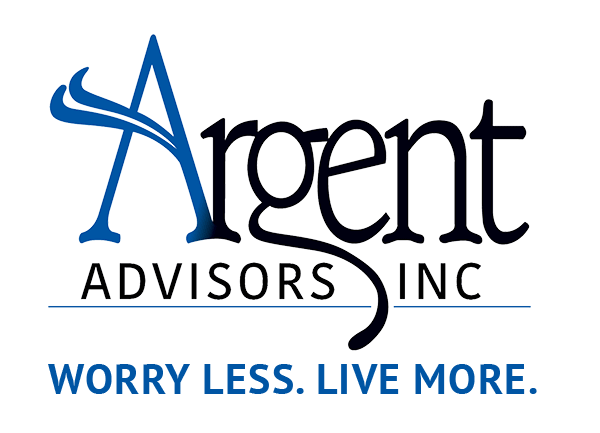Cash: The Overlooked Asset
In today’s market, are there asset classes that are being overlooked?
Well, the answer is Yes. A very big yes. And that asset class is cash.
Cash is the currency in your wallet, the funds in your bank checking account and savings account and even money in money market accounts. It’s the medium of exchange with which we buy things.
Now, cash is the offensive lineman of personal finance – it’s huge, it’s important, it is not very sexy and nobody ever thinks about it – until you need it. And by the time you realize that you need it or don’t have enough, it’s often too late.
So, it’s nearly impossible to separate the idea of cash from cash flow – as the phrase suggests, that’s the flow of cash into and out of a financial system.
For a business, as well as an individual, cash flow is like oxygen flow to the body. There may be plenty of oxygen out there somewhere, but if it’s not flowing into and out of my body right when I need it, I’ve got a very slim margin of error available to me. Just as the body quickly dies when deprived of oxygen, individuals and businesses die (or go bankrupt) when experiencing a shortage of cash.
Anytime I work with a successful small business person, I find an almost reverential appreciation for cash – having lots of cash, so called “too much” cash and access to even more through lines of credit if needed.
So that we don’t experience such a deadly deprivation of cash, it’s necessary to have a plan for cash. Now here a few arenas in which such cash flow planning can be critical:
1. Lifestyle cash flow. Nothing else happens until you tame this beast. You’ve got a certain amount of money coming in the front door. For most of us that means earned income from a job. Priority number one is to spend less than that – ideally, about 15% less. That way you can save for the rest of these priorities.
2. Emergency / opportunity cash flow. We never know when an emergency may arise or even an opportunity may present itself. To be ready, I want you to have at least six months of your income readily available in cash. If your number that you currently have available is zero, take heart – if you can spend 15% less than you take in (thereby saving 15%), you’re going to reach this goal in between 3 and 4 years.
3. Catastrophe cash flow. Some things require cash in amounts that are essentially impossible to save. If your house burns down, you can’t just go to the old piggy bank and take out a loan. So be certain that the half dozen or so areas of major risk exposure (or catastrophes) are covered adequately with insurance (which delivers cash at just the time that you need it to pay for the said catastrophe).
4. Investment cash flow. Ultimately, any investment that you make must be turned into cash for it to ever be of any value to you. Do you know how you’ll convert land or houses or buildings or stocks or bonds or baseball trading cards to cash, one day? Many investments actually pay you a certain amount of cash – for instance, bonds pay interest, stocks might pay a dividend, houses and buildings might pay rent and land might be leased either to farm or use recreationally.
5. Retirement cash flow. Finally, when you exit the work force (either voluntarily or not), how are you going to replace the flow of cash that you regularly receive now from your employer with cash from…what? Will you have some from Social Security? But what else do you have? Do you know how you will convert say an individual retirement account or a 401(k) plan to cash? And in doing so will you create another risk – the risk of running out of money?
Well, cash pays almost no interest. It doesn’t make for an interesting conversation. And the only way to double your money with it is to take out your wallet and fold it over.
Despite its boring trappings, cash should not only be a significant part of your financial plan, it should really be the center piece.
Offering you wisdom on wealth, I’m Byron Moore.
Argent Advisors, Inc. is an SEC-registered investment adviser. A copy of our current written disclosure statement discussing our advisory services and fees is available upon request. Please See Important Disclosure Information here.

